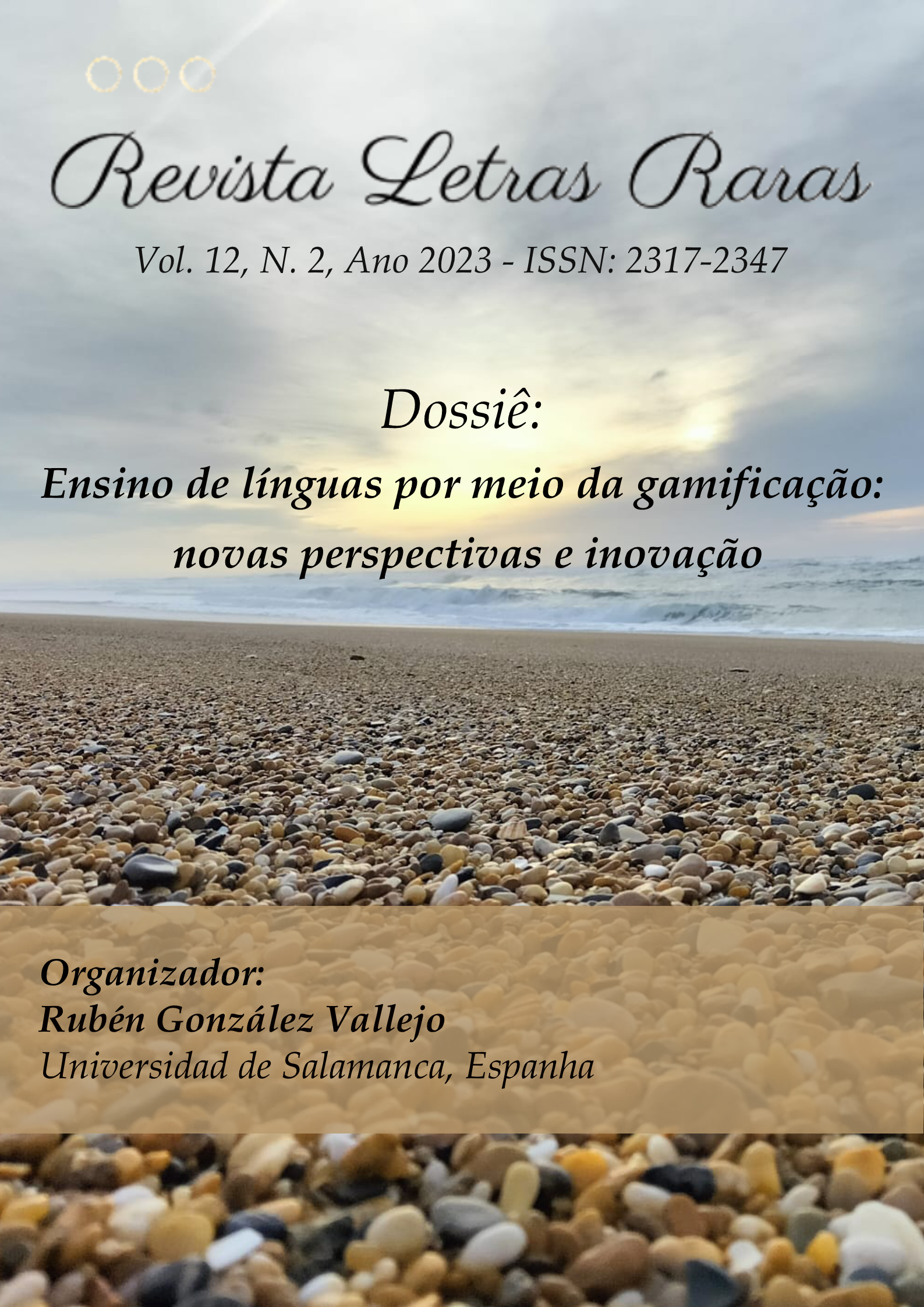Representations of Children in Street Situation in Brazilian Literature from the 16th to the 20th Century: Journeys of a (De)constructed Field
DOI:
https://doi.org/10.5281/zenodo.8302797Palavras-chave:
Child, Brazilian literature, Childhood, PovertyResumo
The present article aims to analyze the representation of children in conditions of social vulnerability in Brazilian literature, focusing on characters facing marginalization and homelessness. We conducted a bibliographical research that discusses childhood from various perspectives, tracing a historical overview of children in situations of need and homelessness, as depicted by renowned authors selected to compose the research corpus. Brazilian literature has consistently engaged with social issues of each era, as evident in works such as A Escrava Isaura by Bernardo Guimarães, Memórias Póstumas de Brás Cubas by Machado de Assis, O Cortiço by Aluísio de Azevedo, Capitães da Areia by Jorge Amado, and Grande Sertão Veredas by Guimarães Rosa. The analyzed works portray the so-called "excluded" individuals from society, marginalized and often deprived of documentation or a home, practically considered non-existent. In this regard, the present study draws theoretical support from authors like Machado (2006), Kramer (2003), Polinésio (1994), and the Statute of the Child and Adolescent (1990) document. Consequently, Brazilian children living on the streets, long disregarded for centuries, have now drawn the attention of society, which can no longer afford to ignore this issue.
Downloads
Referências
LOVED, J. Captains of the Sand. 13th ed. São Paulo: Martins, 1965.
LOVED, J. Jubiabá. 48th ed. Rio de Janeiro: Record, 1987.
ANDRADE, Mario de. "Doesn't Piá suffer? Sofre": The best short stories Mário de Andrade. Org. Telê A. Lopes. São Paulo: Global, 1988.
BRAZIL. ECA - Statute of the Child and Adolescent. Law No. 8,069, of July 13, 1990. It provides for the Statute of the Child and Adolescent and gives other measures.
CASTRO, Silvio. The letter of Pero Vaz de Caminha. 2nd ed. Porto Alegre: LP&M, 1985.
KRAMER, Sonia. Children's rights and the political pedagogical project of early childhood education. In: Bazílio, Luiz Cavalieri; Kramer, Sonia. Childhood, education and human rights. São Paulo: Cortez, 2003.
LISPECTOR, Clarice. "The Hateful Charities": The Discovery of the World. Rio de Janeiro: New Frontier, 1984.
LOBATO, Monteiro. "." 13th ed. São Paulo: Brasiliense, 1967.
MACHADO, Ana M. Romantic, seductive and anarchist: How and why to read Jorge Amado today. Rio de Janeiro: Objetiva, 2006.
POLYNESIO, Julia M. The Tale and the Subaltern Classes. São Paulo: Annablume, 1994.
Downloads
Publicado
Como Citar
Edição
Seção
Licença
Copyright (c) 2023 Revista Letras Raras

Este trabalho está licenciado sob uma licença Creative Commons Attribution-NonCommercial 4.0 International License.







